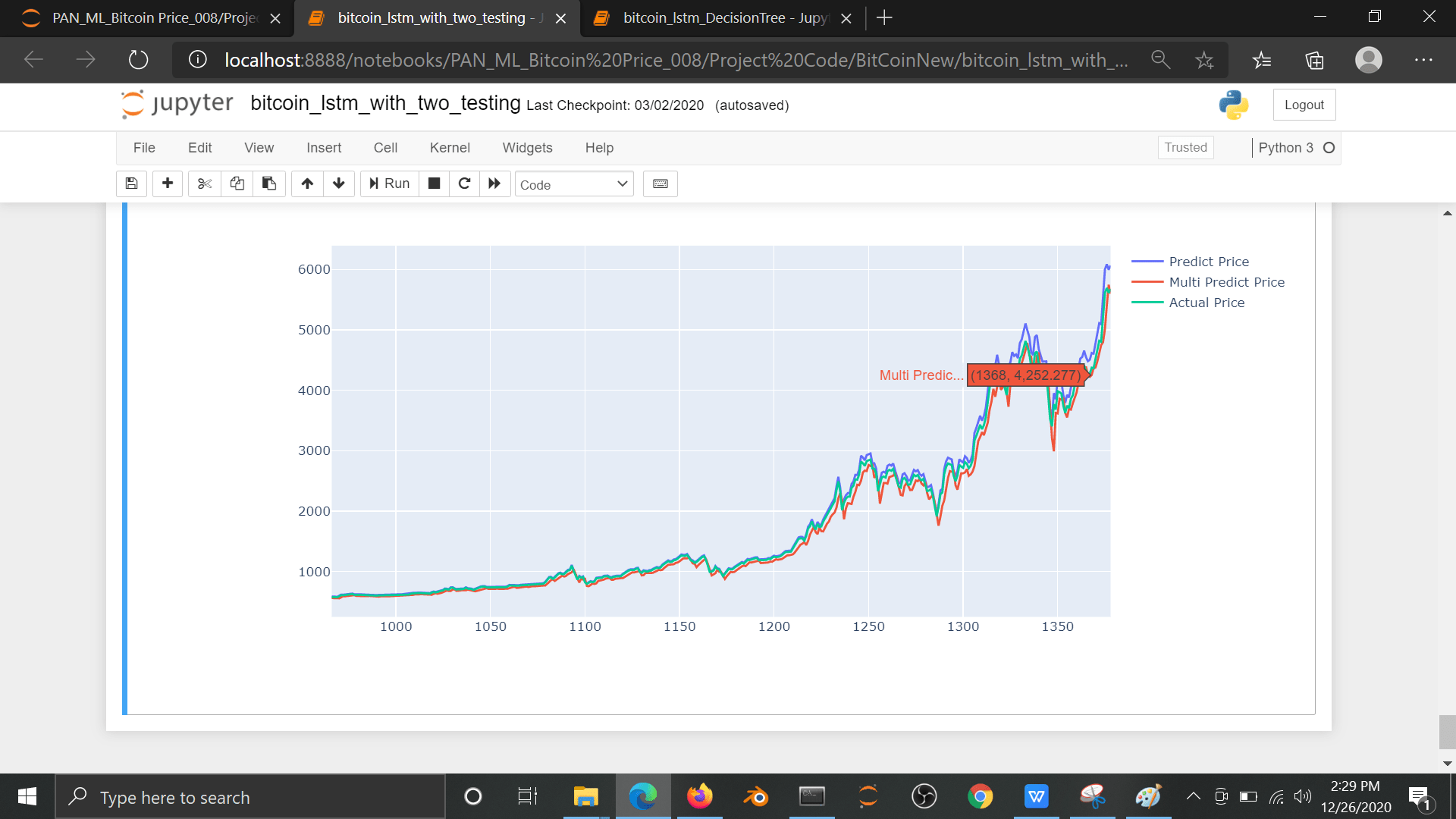Description
Spam Classification using Artificial Intelligence
Abstract:- Spam Classification using Artificial Intelligence – For business purposes, email is the most widely utilized mode of official communication. Despite the availability of other forms of communication, email usage continues to rise. In today’s world, automated email management is critical since the volume of emails grows by the day. More than 55 percent of all emails have been recognized as spam. This demonstrates that spammers waste email users’ time and resources while producing no meaningful results. Spammers employ sophisticated and inventive strategies to carry out their criminal actions via spam emails. As a result, it is critical to comprehend the many spam email classification tactics and mechanisms. The main focus of this paper is on spam classification using machine learning algorithms. Furthermore, this research includes a thorough examination and evaluation of research on several machine learning methodologies and email properties used in various Machine Learning approaches. Future study goals and obstacles in the subject of spam classification are also discussed, which may be valuable to future researchers.
Objective: –
Machine learning algorithms use statistical models to classify data. In the case of spam detection, a trained machine learning model must be able to determine whether the sequence of words found in an email is closer to those found in spam emails or safe ones.
Introduction: –
For the majority of internet users, email has become the most often utilized formal communication channel. In recent years, there has been a surge in email usage, which has exacerbated the problems presented by spam emails. Spam, often known as junk email, is the act of sending unsolicited mass messages to a large number of people. ‘Ham’ refers to emails that are meaningful but of a different type. Every day, the average email user receives roughly 40-50 emails. Spammers earn roughly 3.5 million dollars per year from spam, resulting in financial damages on both a personal and institutional level. As a result, consumers devote a large amount of their working time to these emails. Spam is said to account for more than half of all email server traffic, sending out a vast volume of undesired and uninvited bulk emails.
They squander user resources on useless output, lowering productivity. Spammers use spam for marketing goals to spread malicious criminal acts such as identity theft, financial disruptions, stealing sensitive information, and reputational damage.
The existing model of the system: –
Spam refers to the term, which is related to undesired content with low-quality information, Spam referred to the major drawback of mobile business. When comes to spam detection in the campus network they did the analysis using Incremental Learning. For Collecting Spam detection on web pages. Moreover Sending out a Spam message was also analyzed. Data Collection was done privately by a limited company. From the data Collection. There also anti-spam filter system was evolved. Many parallel and distributed computing system has also processed this spam system. Machine learning algorithm provides accurate result. Text Mining analysis done separates ham and spam separately.
Proposed model of the system: –
As we look at spam detection systems that use Machine Learning (ML) techniques, it’s vital to take a look at the history of ML in the field as well as the many methods that are now used to identify spam. Researchers have discovered that the content of spam emails, as well as their operational procedures, evolve with time. As a result, the tactics that are currently effective may become obsolete in the near future. The conceptual drift [8] is a term used to describe this occurrence. Machine Learning is an engineering approach that allows computational instruments to behave without being explicitly programmed. Because of the ML system’s ability to evolve, limiting concept drift, this strategy is a significant help in detecting and combating spam.
In the next section, we’ll go through a variety of machine learning techniques, approaches, and algorithms, as well as the benefits of each, using Supervised, Unsupervised, and Semi-Supervised Machine Learning algorithms Approaches.
System Architecture: –

System Requirements: –
Hardware
- OS – Windows 7, 8, and 10 (32 and 64 bit)
- RAM – 4GB
Software:
- Python
- Anaconda navigator
- Python built-in module
- Conclusion: –
Following a thorough examination of the chosen study, Several study findings and observations have been identified as a result of our studies. These were previously discussed in detail.
portions that are well-explained In this section, we’ll talk about concentrating more on the major findings and conclusions of the research Supervised machine learning has a high acceptance rate. Throughout the review, the approach can be noticed. This strategy is effective. is employed primarily because it produces more accurate findings. With less fluctuation, this strategy has a high level of consistency. Aside from that, we’ve discovered that certain algorithms work better than others. When compared to other techniques, such as Nave Based and SVM, there is a strong demand for them. Machine Learning Algorithms that aren’t as well-known. The employed multi-algorithm. n order to achieve a better result, systems are increasingly commonly used. rather than a single algorithm
References: –
[1] “Global spam volume as a percentage of total e-mail traffic from January 2014 to September 2019, by month.”https://www.statista.com/statistics/420391/spam-email-traffific-share/.
[2] T. Ouyang, S. Ray, M. Allman, and M. Rabinovich, “A large-scale empirical analysis of email spam detection through network characteristics in a stand-alone enterprise,” Elsevier, vol. 2015, pp. 101–102.
[3] O. Saad, A. Darwish, and R. Faraj, “A survey of machine learning techniques for Spam filtering,” IJCSNS Int. J. Comput. Sci. Netw. Security.
[4] K. Asif, A. Sami, S. Bharindhan, and K. Krishan, “A Comprehensive Survey for Intelligent Spam Email Detection,” IEEEXplore, 2019.
[5] “Number of e-mail users worldwide from 2017 to 2024.” [Online]. Available: https://www.statista.com/statistics/255080/number-of-e-mail users-worldwide/.
[6] M. Guntrip, “https://www.proofpoint.com/us/corporate blog/post/fbi-reports-125-billion-global-fifinancial-losses due-business-email-compromise.” [Online]. Available:
https://www.proofpoint.com/us/corporate-blog/post/fbi-reports-125- billion-global-fifinancial-losses-due-business-email-compromise.



































































































































































































































































































































































































































































































































































































































































































































































































































































































































































































































































Customer Reviews
There are no reviews yet.